
Privacy statement: Your privacy is very important to Us. Our company promises not to disclose your personal information to any external company with out your explicit permission.
Before diving into the integration process, it’s essential to understand why CNC machines are valuable for your production line.
Increased Precision and Accuracy: CNC machines can execute complex designs with extreme precision, eliminating human error and ensuring consistent quality.
Improved Efficiency: These machines can operate 24/7 with minimal supervision, speeding up production cycles.
Flexibility in Design: CNC machines allow for quick changes in design and can produce prototypes in a shorter time, which is useful in industries with frequently changing requirements.
Cost Savings: Although the initial investment can be significant, CNC machines reduce labor costs and minimize waste by producing precise parts.
Before you start adding new machinery, you need to evaluate your current production setup. This will help determine how a CNC machine can fit in and what adjustments are needed.
Space Availability: Ensure you have adequate space for CNC machines. Depending on the type of CNC equipment (lathe, mill, router, etc.), the space requirements may vary.
Production Volume: Evaluate your production needs. Are your current machines operating at capacity? Understanding your production volume will help decide whether CNC is a worthy investment and how many machines you need.
Compatibility with Current Equipment: Determine if your existing machines can be easily integrated with CNC equipment. You may need to modify or upgrade older systems to ensure they communicate effectively with CNC technology.
Skill Level of Operators: Consider the skill level of your current staff. If your team isn’t experienced with CNC machines, you’ll need to factor in training time and potential hiring.
There are various types of CNC machines available, and selecting the right one depends on your production goals.
CNC Lathes: Ideal for producing cylindrical parts, such as shafts and bushings, CNC lathes rotate the workpiece against a cutting tool.
CNC Mills: Great for creating parts with complex geometries, CNC mills can cut a wide variety of materials, including metals, plastics, and composites.
CNC Routers: Typically used for wood, plastic, and softer materials, routers can cut intricate patterns and designs.
CNC Plasma Cutters: Best for cutting through metal, these machines use plasma torches to precisely slice through materials.
When selecting a machine, consider:
Materials Used: The material you work with will guide the choice of CNC machine. For example, metals often require mills or lathes, while softer materials might benefit from routers.
Production Speed: If you need high-speed production, prioritize machines known for rapid cycles without sacrificing precision.
Budget: CNC machines vary widely in cost. Ensure the machine you choose fits your budget but also meets your production needs.
Once you've selected the appropriate CNC machines, it's time to plan the integration into your existing line. A well-thought-out installation process can minimize downtime and ensure a smooth transition.
Create a Timeline: Developing a clear timeline for installation will help reduce disruptions. Aim to install during non-peak production times to avoid bottlenecks.
Prepare the Workspace: Ensure that the area where the CNC machine will be placed is ready. This may involve electrical work, reinforcing floors to handle heavy equipment, and ensuring the machine’s placement doesn’t disrupt the flow of work.
Coordinate with Vendors and Suppliers: Ensure that all parts, tools, and consumables are available ahead of time. Delays in receiving essential components can prolong the integration process.
Test Run: Before fully integrating the CNC machine, run tests to ensure it operates smoothly with your existing setup. This is also a good time to troubleshoot any potential issues with power supply, connectivity, or software.
CNC machines require specialized software to function, and integrating this with your current systems is crucial.
CAD/CAM Software: CNC machines rely on CAD (Computer-Aided Design) and CAM (Computer-Aided Manufacturing) software. Ensure that your current CAD/CAM software is compatible with the CNC machine, or upgrade it if necessary.
Automation Capabilities: Consider automating processes where possible. For instance, some CNC machines can work in tandem with robotic arms for materials handling, speeding up production and reducing the need for manual labor.
Data Integration: Modern CNC machines are capable of collecting data. Integrating this data with your existing production management system can provide insights into production efficiency, machine health, and output quality, allowing for continuous improvement.
Introducing new machinery means training your team to operate and maintain the CNC machines properly. Well-trained staff are crucial for the smooth integration of CNC technology into your production line.
Operator Training: Ensure operators are comfortable with the CNC machine’s functions. This might involve on-site training from the CNC manufacturer or sending operators to specialized courses.
Maintenance Training: Preventive maintenance is key to keeping CNC machines running smoothly. Train your maintenance team to recognize early signs of wear and tear and to perform regular checks on the machine’s components.
Ongoing Support: Even after initial training, ensure operators have access to continued support for troubleshooting and further education. Many CNC manufacturers offer customer support and training materials.
CNC machines will change the way your production line operates, so you’ll need to optimize your workflow for maximum efficiency.
Reassess Production Steps: Evaluate each step of your production process. Identify any bottlenecks or inefficiencies that can be streamlined with CNC integration.
Adjust Inventory Management: CNC machines often require specific materials and tools. Ensure that your inventory management system is updated to accommodate these new requirements.
Redesign Your Production Layout: If CNC machines replace manual processes, it may make sense to redesign the physical layout of your production floor. Ensure materials flow efficiently from one stage of production to the next.
After your CNC machine is up and running, monitor its performance to ensure it’s meeting your production goals.
October 29, 2024
October 28, 2024
Email to this supplier
October 29, 2024
October 28, 2024


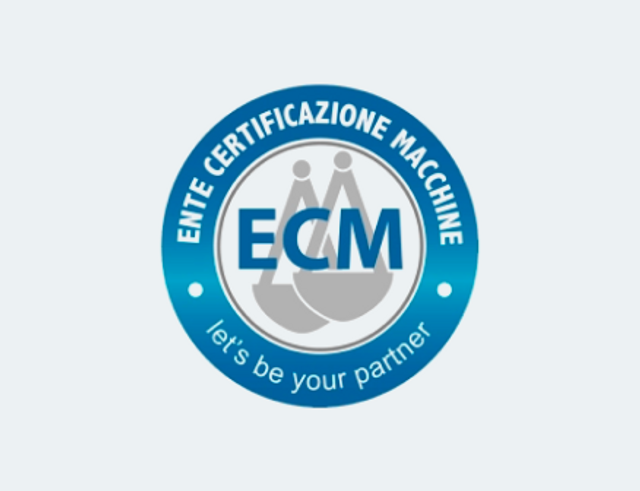



Explore our Extensive Range of Precision Metalworking Machine Tools. Discover the Power of Precision and Innovation in Metal and Material Processing with Weiss
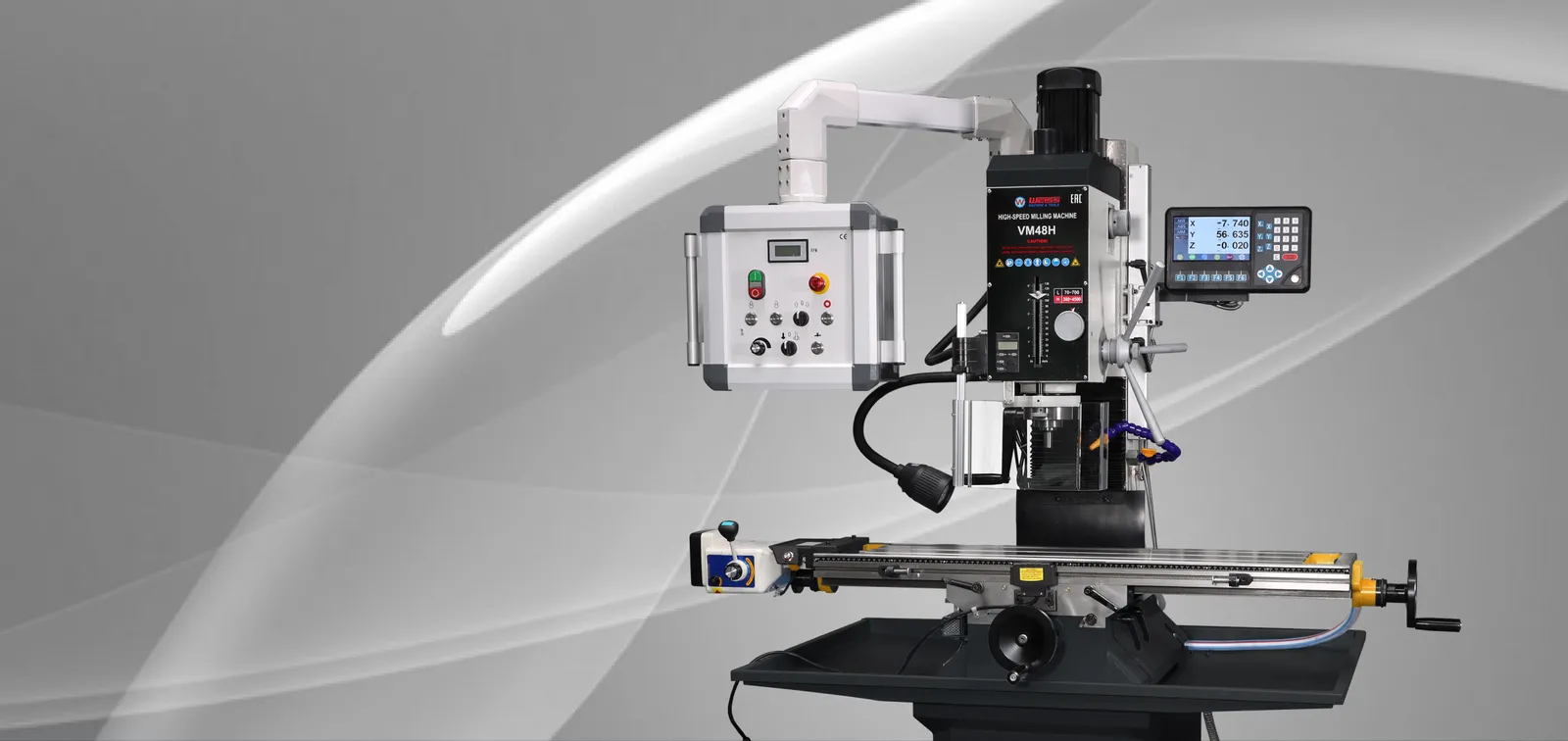
Heavy, stable and solid column,
made of high-quality gray cast iron, with ground and scraped dovetail guide,
for high stability and precision
View More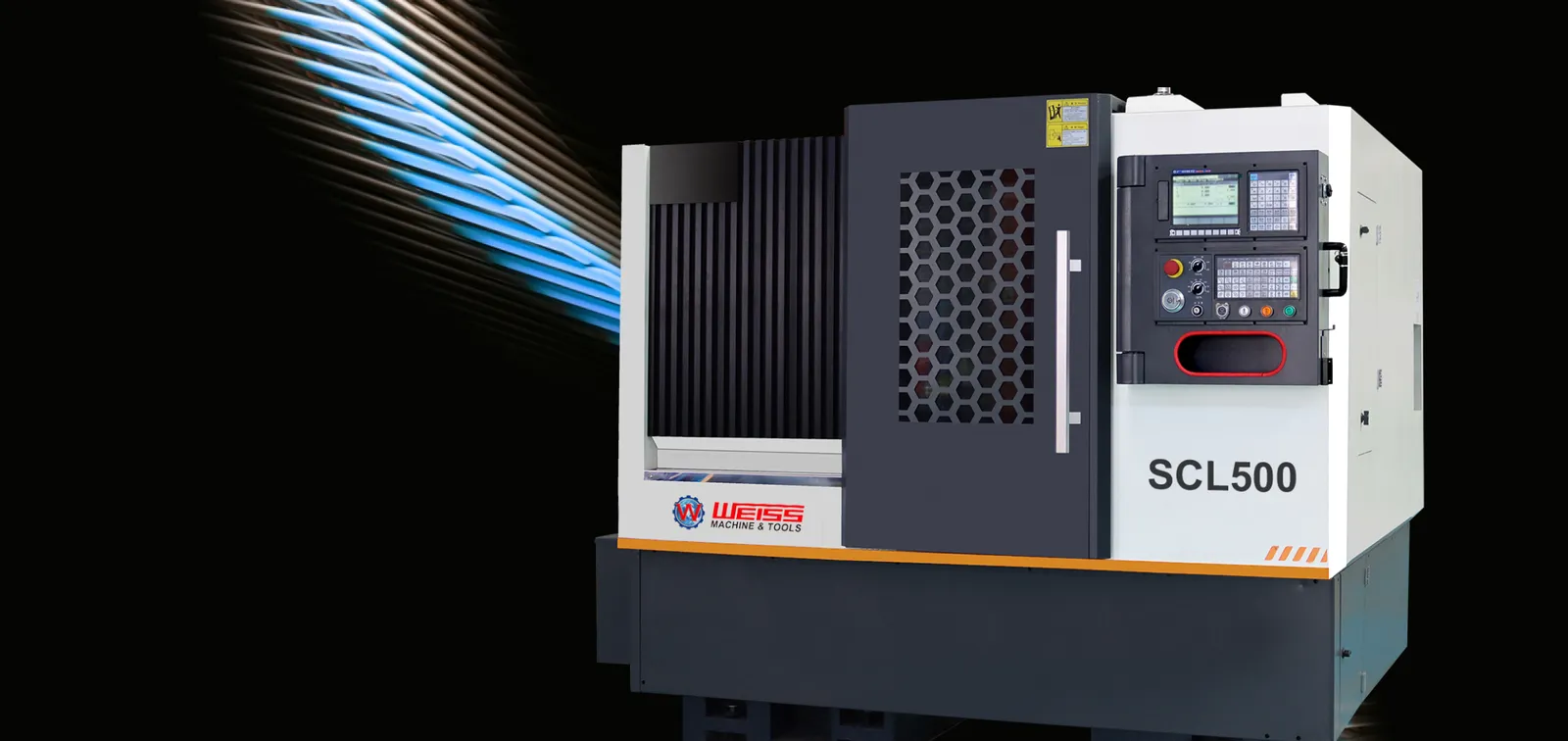
Slant bed and linear guide way CNC lathe.
High speed, High precision, High reliability
View More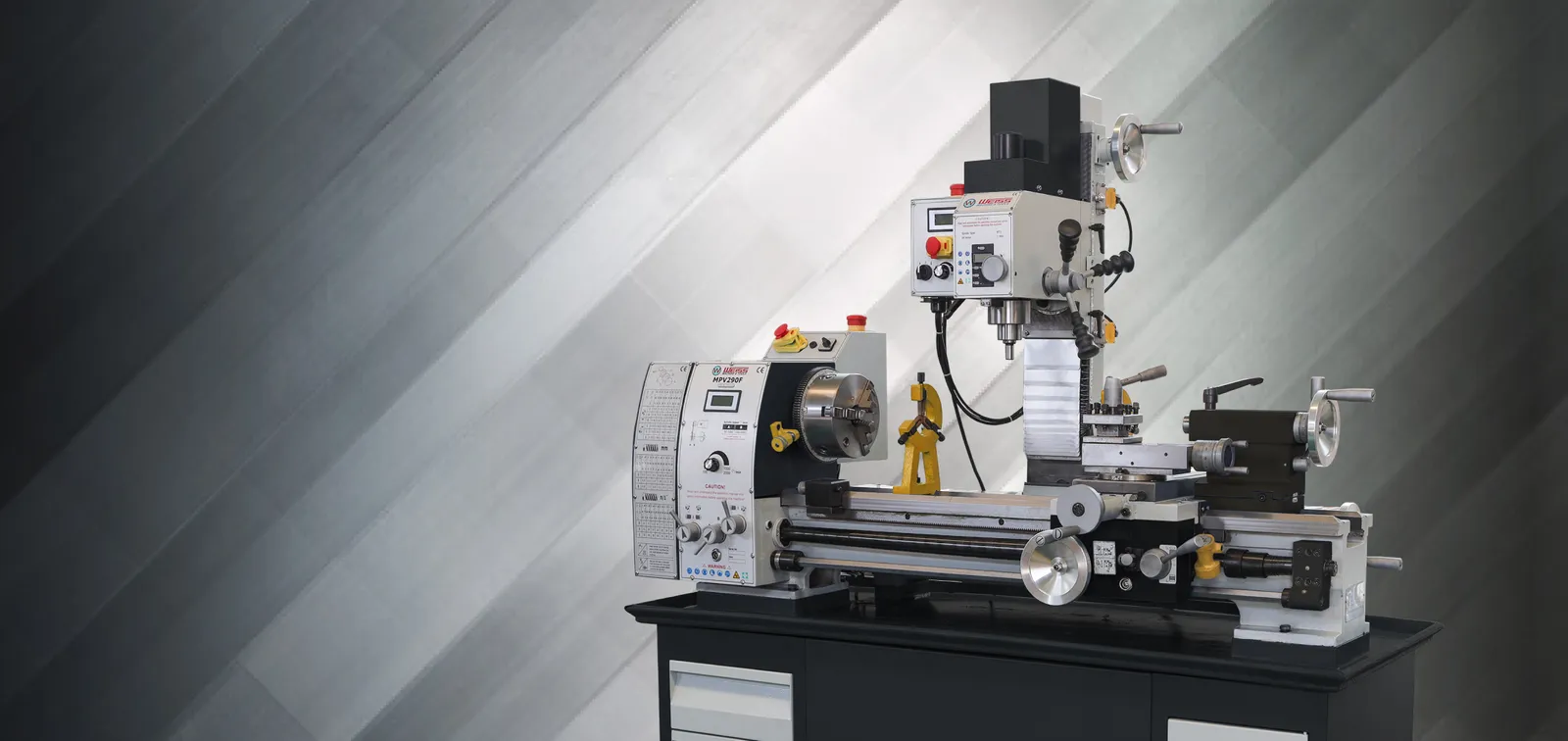
Prouduct quality and reliability Competitive pricing
Product innovatio and cariety
View MoreWEISS MACHINERY CO., LTD. to be your trusted partner for metalworking machine tools. We have a wide range of milling machines , tapping machines, and accessories that meet the highest standards of quality, performance, and reliability. Our machines have brushless motors that ensure low maintenance and high efficiency. We also offer online sales, international delivery, secure payment, professional advice, and 20 years of experience. Weiss, make it easy!
View MoreCompany Establishment
Countries&Regions with Product Sales
Factory Area
Product Varieties

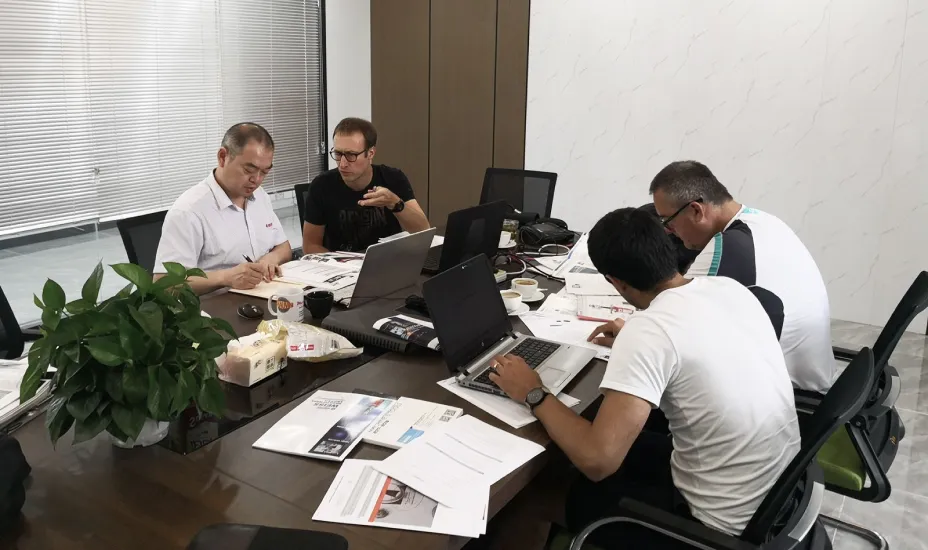
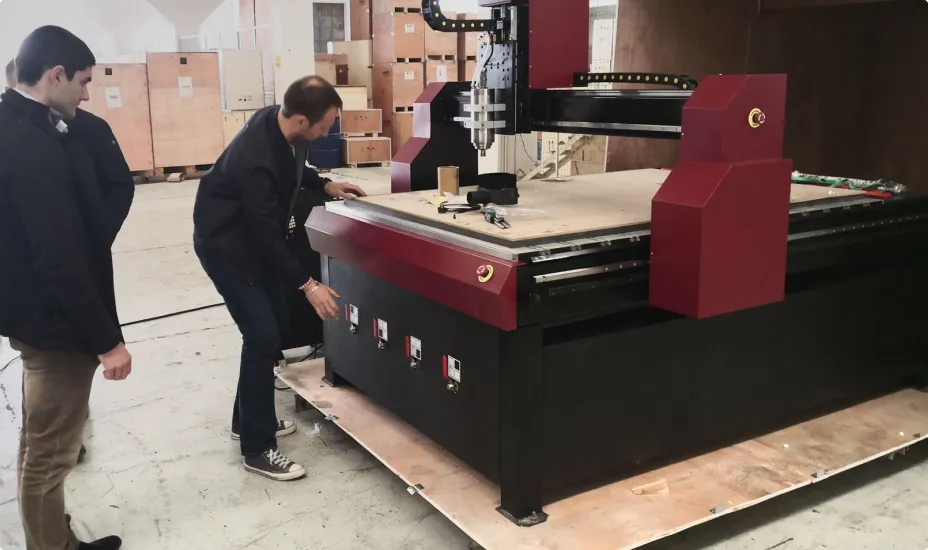
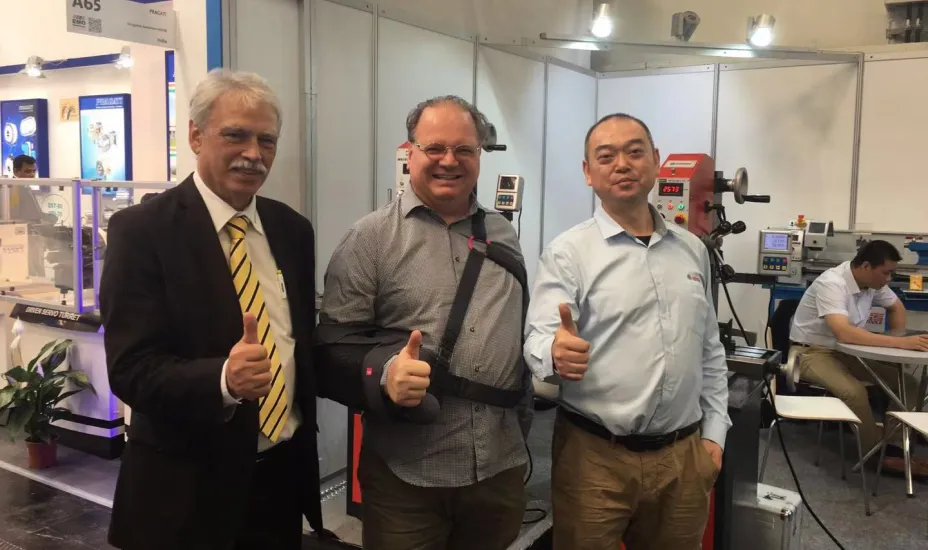
We have been extremely impressed with the quality and performance of the electronic milling machine we purchased from your company. It has greatly enhanced our production capabilities and consistently delivers exceptional results.
MA***N
Your Trusted Partner for Comprehensive Machine Tool Solutions.

Privacy statement: Your privacy is very important to Us. Our company promises not to disclose your personal information to any external company with out your explicit permission.

Fill in more information so that we can get in touch with you faster
Privacy statement: Your privacy is very important to Us. Our company promises not to disclose your personal information to any external company with out your explicit permission.